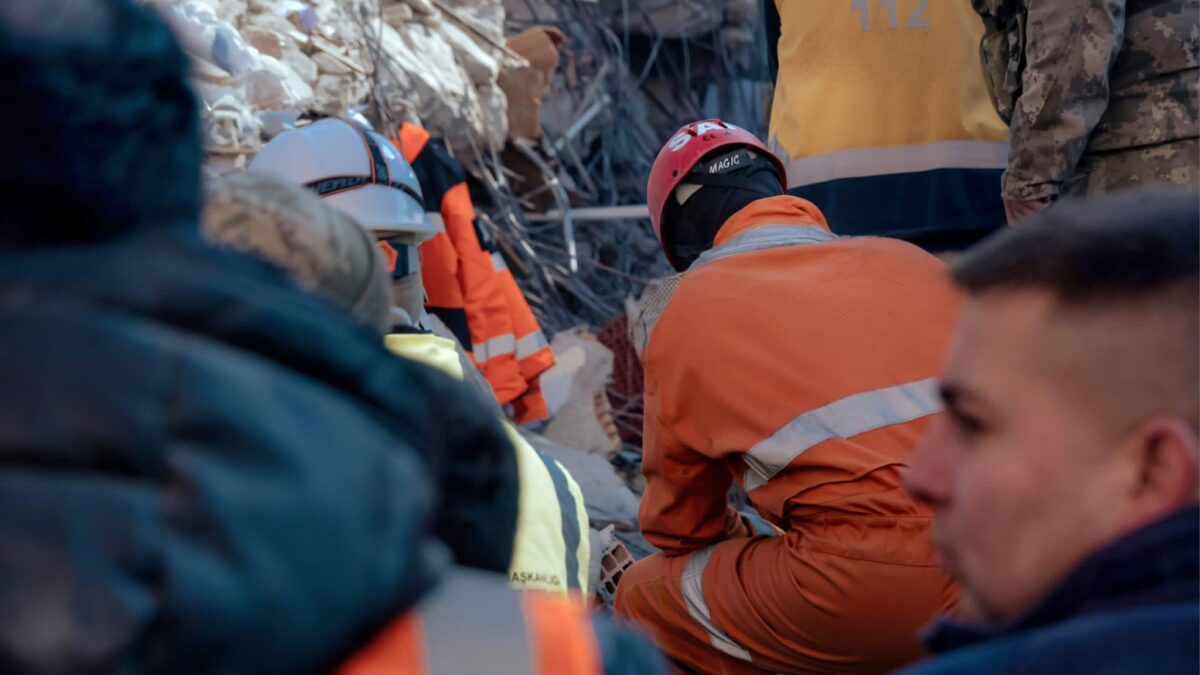
Image | © Doruk Aksel Anıl on Pexels, edited with AI
INESC-ID joins the CARMA project (Collaborative Autonomous Robots for eMergency Assistance)
During natural or manmade disasters, a quick and effective response is mandatory to minimise damage and ensure the population’s safety. Whether it’s a medical team employed to assist citizens during an earthquake, or police officers called to a bomb threat, first responders are sent directly to the site of a wide range of disaster situations.
What if, instead of sending traditional rescue teams, we could send unmanned vehicles working in symbiosis with humans to collect information, support first responders and assist citizens, thereby increasing security and rescue efforts, even in low visibility?
To tackle this challenge, INESC-ID has recently joined Horizon Europe project Collaborative Autonomous Robots for eMergency Assistance (CARMA), led by a large European industrial leader (CS Group -France) in the crisis management market, and with partners across Europe, from Portugal to Greece.
The goal of CARMA is simple: to co-create a groundbreaking and intuitive platform offering a complementary set of semi-autonomous and autonomous Unmanned Ground Vehicles (UGVs) capable of cooperating with humans during emergencies. By combining the experience of rescue teams with these vehicles, a faster and reliable analysis of the situation could be obtained, contributing to a more effective rescue plan.
At INESC-ID, the 36-month project is coordinated by Rui Prada, researcher in the area of Artificial Intelligence for People and Society, and funded with 334K€ out of a total 4M€ funding. The participation will consist of co-designing sessions with end-users, citizen representatives, and developers, to conduct the creation and definition of situations for the use of robots in civil protection scenarios, such as in the case of response to natural disasters. A model will be developed for the social behaviour of robots, that will collaborate with humans (first responders and citizens), in problem solving and setting guidelines for the relevant societal and ethical issues.
The project will build on previously acquired research results, in the field of disaster robotics, and combine 3D radar-based environment mapping and analysis, with Artificial Intelligence (AI), Symbiotic operations and natural robot/human interaction. This will contribute to an improved planning of paths and missions as well as detection of victims and threats.
The process will involve end-users and experts who will assess and evaluate the results, provide insights, and identify typical and representative use cases and disaster scenarios. To aid in the implementation process, the project will carry out an ambitious communication and dissemination plan, training curriculum and produce a white book with recommendations for doctrine changes and best practices for the use of smart UGVs in disaster response.
Click here for more detailed information and full list of partners.
